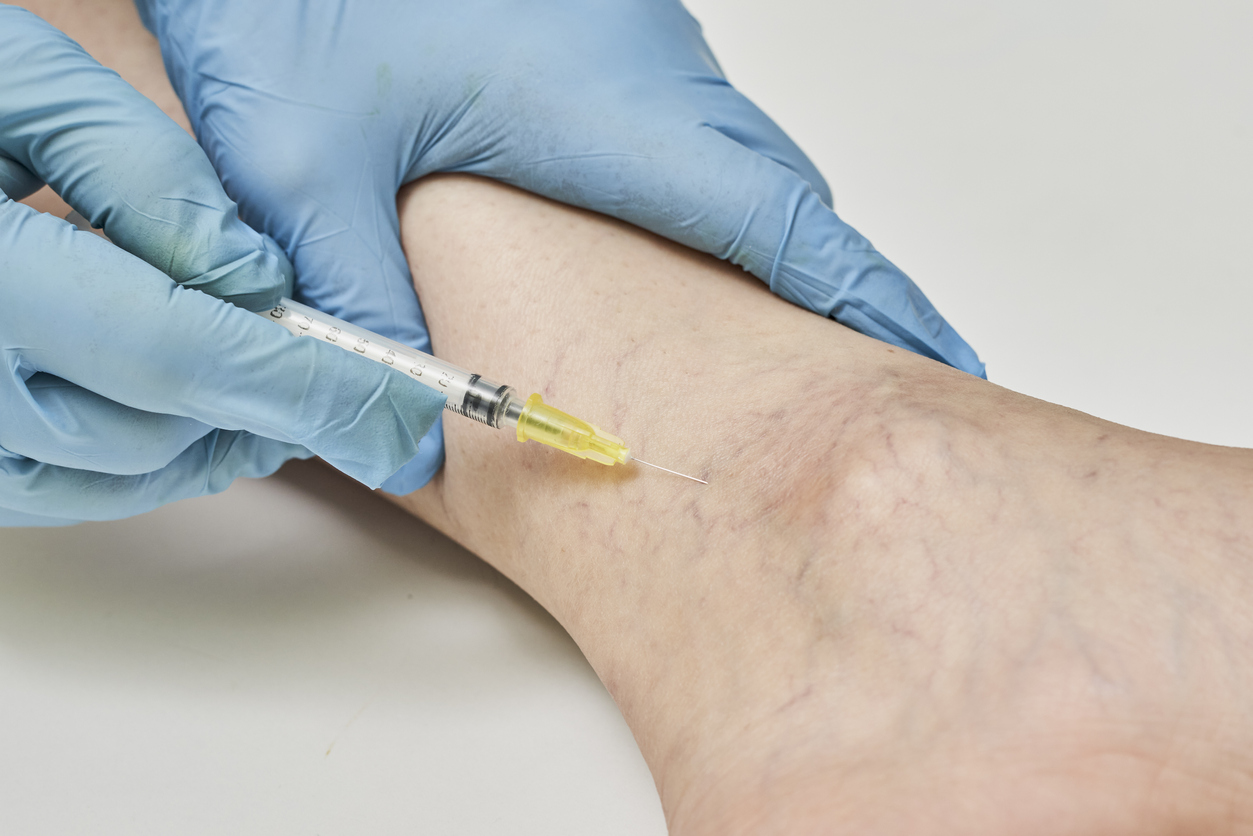
Are Varicose Vein Treatments Covered By Insurance? Exploring Treatment Options For Varicose Veins
Varicose veins are a common medical condition that affects millions of people worldwide. These enlarged, twisted veins, often seen in the legs, can cause discomfort, pain, and even cosmetic concerns. While seeking treatment for varicose veins is essential, many individuals wonder if their insurance covers these treatments. In this comprehensive guide, we will delve into the world of varicose veins, exploring the various treatment options available and addressing the crucial question: “Are varicose vein treatments covered by insurance?“
Understanding Varicose Veins
Before we delve into the treatment options and insurance coverage, it’s essential to understand what varicose veins are and what causes them. Varicose veins are swollen, twisted veins that often appear blue or purple. They occur when the valves in the veins become weak or damaged, causing blood to pool in the veins and leading to their enlargement.
Varicose veins typically affect the legs and can cause symptoms such as:
- Pain and discomfort, often described as aching or throbbing.
- Heaviness or a feeling of fullness in the legs.
- Swelling, particularly in the ankles and feet.
- Itching or burning sensations.
- Skin discoloration around the affected veins.
- Complications such as venous ulcers in severe cases.
Treatment Options For Varicose Veins
What are the Treatment Options for Varicose Veins? Several treatment options are available to manage and alleviate the symptoms of varicose veins. The choice of treatment depends on the severity of the condition and individual patient factors. Let’s explore these treatment options in detail.
- Lifestyle Modifications:
- Exercise: Regular physical activity, such as walking or swimming, can improve blood circulation and reduce the risk of developing varicose veins.
- Weight Management: Maintaining a healthy weight can help reduce the pressure on the veins in the legs.
- Elevation: Elevating the legs when resting can aid in reducing swelling and discomfort.
- Compression Stockings:
- Compression stockings are specially designed to provide pressure to the legs, helping to improve blood flow and reduce the symptoms of varicose veins.
- Sclerotherapy:
- Sclerotherapy is a minimally invasive procedure in which a special solution is injected into the affected veins. This solution causes the veins to collapse and eventually fade away.
- Endovenous Laser Ablation (EVLA):
- EVLA is a procedure that uses laser energy to heat and seal off the affected veins, redirecting blood flow to healthier veins. It is often used for larger varicose veins.
- Radiofrequency Ablation (RFA):
- Similar to EVLA, RFA uses radiofrequency energy to close off problematic veins, rerouting blood flow. It is also effective for larger varicose veins.
- Venous Stripping and Ligation:
- This traditional surgical approach involves physically removing the affected vein through small incisions. It is usually reserved for severe cases.
Insurance Coverage For Varicose Vein Treatments
Now, let’s address the important question: “Are varicose vein treatments covered by insurance?” Insurance coverage for varicose vein treatments can vary depending on several factors:
- Medical Necessity: Insurance companies typically consider treatments for varicose veins to be covered if they are deemed medically necessary. This means that the presence of varicose veins must cause symptoms or complications that affect the patient’s health and well-being.
- Pre-authorization: Some insurance plans may require pre-authorization or prior approval before covering varicose vein treatments. It’s essential to check with your insurance provider to understand their specific requirements.
- Conservative Measures: Insurance companies may require that patients first attempt conservative measures, such as lifestyle modifications and the use of compression stockings, before moving on to more invasive treatments. These measures are often a prerequisite for insurance coverage.
- Treatment Type: The type of varicose vein treatment chosen can impact insurance coverage. Minimally invasive procedures like sclerotherapy, EVLA, and RFA are more likely to be covered than traditional surgical approaches.
- Insurance Plan: The coverage for varicose vein treatments can vary from one insurance plan to another. Some plans may offer more comprehensive coverage, while others may have limitations.
- In-network Providers: Utilizing healthcare providers who are in-network with your insurance plan can often result in better coverage and lower out-of-pocket costs.
- Deductibles and Co-pays: Patients should be aware of their insurance plan’s deductible, co-pay, and co-insurance requirements. These factors can significantly impact the overall cost of treatment.
It’s crucial to contact your insurance provider and discuss your specific situation to understand what treatments are covered, what documentation may be required, and what costs you can expect to bear. Keep in mind that insurance policies can change over time, so it’s essential to stay informed about any updates to your coverage.
Conclusion
Varicose veins are a common medical condition that can cause discomfort and affect the quality of life for many individuals. While treatment options are available to manage varicose veins, the question of insurance coverage is a significant concern for patients.
The coverage of varicose vein treatments by insurance providers depends on various factors, including medical necessity, treatment type, and the specific insurance plan. Patients should work closely with their healthcare providers and insurance companies to understand the coverage options available to them.
In conclusion, if you are suffering from varicose veins and considering treatment, it is essential to be well-informed about your insurance coverage and explore the most suitable treatment options in consultation with your healthcare provider. Remember that your health and well-being should be the top priority, and finding the right treatment for your condition is paramount, whether or not it is covered by insurance.



